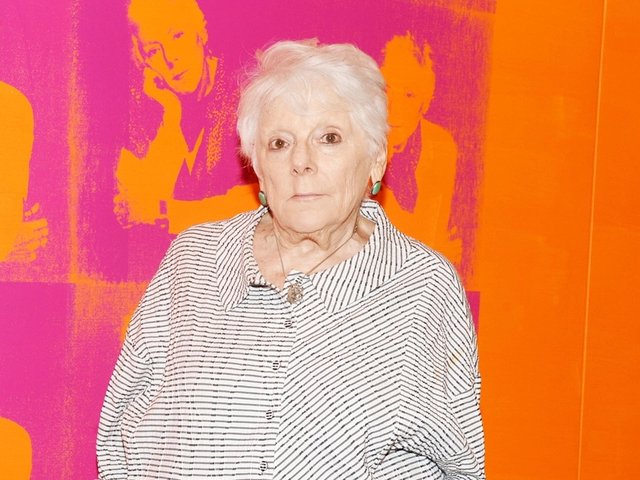This collection of essays by the pioneering American art historian Linda Nochlin (1931-2017) is a companion volume to her Women Artists: The Linda Nochlin Reader (edited by Maura Reilly, Thames & Hudson, 2015), a collection that brought together her best-known writing of feminist art history, including the seminal 1971 essay, “Why Have There Been No Great Women Artists?”
The focus of Making it Modern, edited by her former student Aruna D’Souza, is Nochlin’s writings on realism, Modernism and modernity, with seven of the 30 essays never before published. Grouped into eight sections, the essays deal with aspects of social and political art history—from sex and bodies, to work and museums.
Making it Modern begins with a previously unpublished essay, “1848: The Revolution in Art History”, originally delivered as a lecture at the Frick Symposium on the history of art in 1956, when Nochlin was still a doctoral student at the Institute of Fine Arts, New York University. It is a good place to start, as Nochlin’s own writing was revolutionary for art history (her academic studies began with a BA in philosophy from Vassar College, followed by a Masters in English literature at Columbia University).
As an art historian, critic and teacher, Nochlin insisted on probing fashionable views
Nochlin rooted her thinking in Charles Baudelaire’s idea of what it meant to be modern. That is, to be modern is to be of one’s own time. Nochlin, therefore, looked to understand the art of the past, not only in its historical context but also in terms of the contemporary situation. She rejected ideas of realism as an aesthetic style and instead understood it as bound up with the social and political conditions of its era. And for her, this was the case not only for Gustave Courbet and others in the 19th century, but also for 20th-century realist artists such as Alice Neel. As D’Souza explains in her introduction, this was not “art history as usual”.
An acknowledged influence on the course of Nochlin’s work was Meyer Schapiro’s Courbet and Popular Imagery (1941), which she read in 1953. Even so, she did not simply follow Shapiro’s thinking but dared to point out its limitations. Indeed, Nochlin did not like overarching narratives, preferring to intervene on individual topics. One example of this strategy was her direct response to Edward Said’s Orientalism (1978) in the essay “The Imaginary Orient”, based on a lecture series that appears for the first time in this collection as “Sex and the ‘Sepoy Mutiny’”(1982-87).
Nochlin was a public intellectual who believed it was essential to write for non-academic audiences. As an art historian, critic and teacher, she insisted on probing fashionable views, in looking at the overlooked, and raising questions of class, gender and race. Ultimately, that is what this collection is about, with Nochlin challenging her readers to revolutionise their thinking not only about art but about the social and political conditions of the here and now.
From the Revolution of 1848 in France to Meyer Shapiro’s modernism, from Ellsworth Kelly’s breath-giving abstraction to the British nude, or death and gender in Manet’s still lifes, Nochlin refused to toe the line. Making it Modern is an essential collection in the toolkit of all revolutionary thinkers.
• Linda Nochlin, edited by Aruna D’Souza, Making it Modern: Essays on the Art of the Now, Thames & Hudson, 448pp, 127 illustrations, £35/$50 (hb), published 3 March (UK) and 8 March (US) 2022
• Beth Williamson is an art historian and writer specialising in the history and theory of 20th-century art in Britain. A former Research Fellow at Tate, she is author of Between Art Practice and Psychoanalysis Mid-Twentieth Century: Anton Ehrenzweig in Context (Ashgate, 2015)



